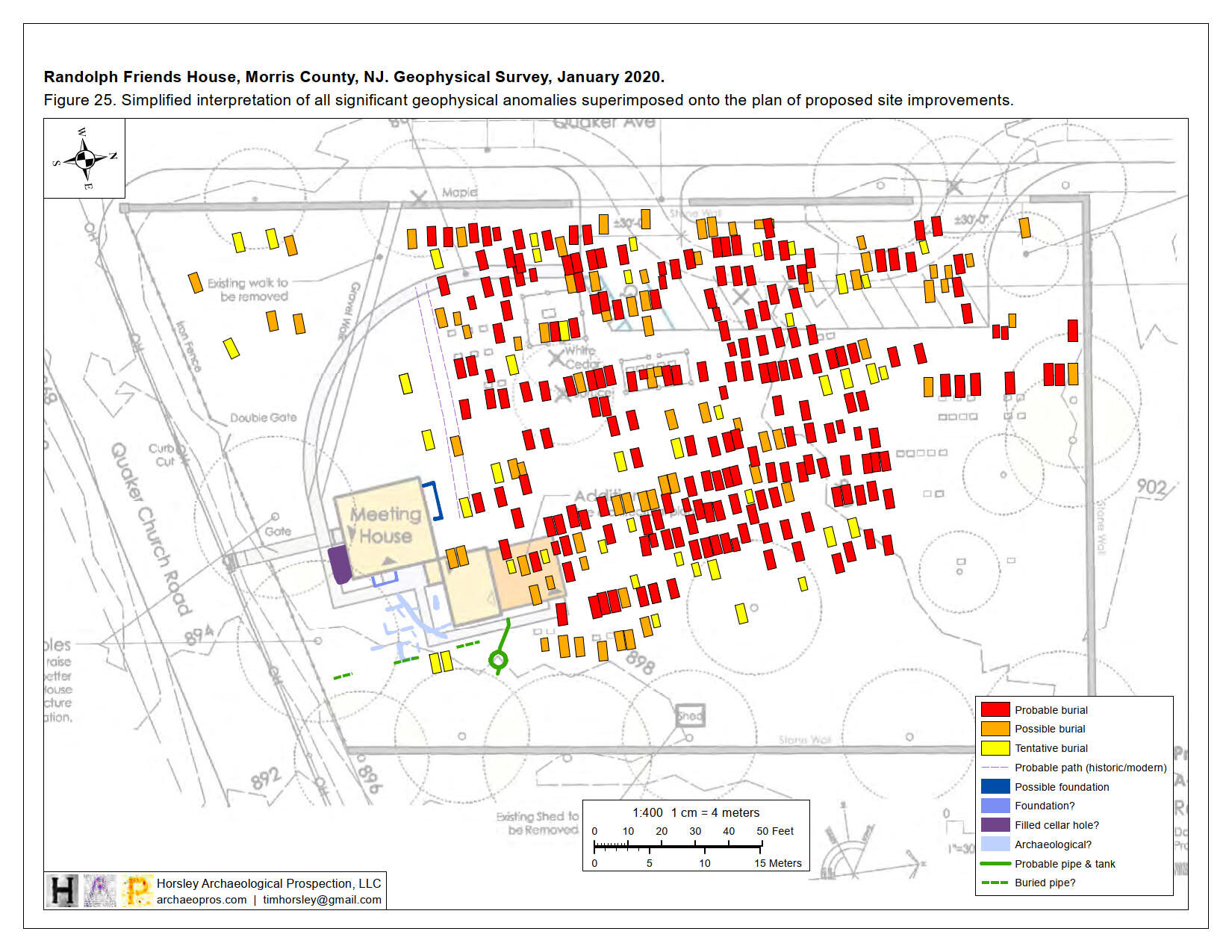Hunter Research recently completed a multi-year project working closely with the New Hampshire Department of Transportation (NHDOT) to update the state’s historic bridge inventory and create a new statewide historic bridge management plan. During the 1980s, New Hampshire was among the first states in the nation to complete a historic bridge inventory per requirements of federal law. By the early 2010s, however, the original inventory had become obsolete and had not been comprehensively updated in more than three decades.
Hunter Research worked closely with specialists from NHDOT’s Bureau of Environment and the Bureau of Bridge Design to digitize existing historical data and have Hunter Research’s architectural historians review and make updated eligibility assessments for all NHDOT-inspected state-owned, town-owned and rail-over-highway bridges over 10-foot span built prior to 1978 (over 2,600 bridges). Eligibility recommendations were grounded in a new statewide historic bridge context statement and discussion of application of the National Register Criteria for Evaluation (A, B, C and D). The prior inventory had been mostly focused on Criterion C for engineering and architecture. The updated inventory paid particular attention to Criterion A for associations with locally significant patterns of historic transportation development and cultural landscapes.
Hunter Research coordinated with NHDOT’s Department of Information Technology to integrate a historic bridge layer, with all of the findings and supporting documentation for individual bridges, into a GIS application accessible to NHDOT staff. This data will be ultimately exportable to the NH Division of Historical Resource’s (NHDHR’s) cultural resources GIS and available to the public. This data is now being used by NHDOT and NHDHR to streamline Section 106 reviews and facilitate project planning and coordination for bridges identified as eligible for the National Register of Historic Places. Non-historic bridges are being cleared more efficiently.
The statewide historic bridge management plan offers NHDOT-approved menus of alternatives to consider when developing projects to preserve or rehabilitate historic bridges, based on bridge material and type. Options are also provided for minimizing or mitigating adverse effects when they occur, facilitating the development of Memoranda of Agreement (MOAs) when needed. The plan was developed over several years of meeting with senior staff from the Federal Highway Administration (FHWA), NHDOT and NHDHR. Patrick Harshbarger of Hunter Research served as project manager and the chief technical expert on historic bridge best practices.

















